No article found or not published for this site.


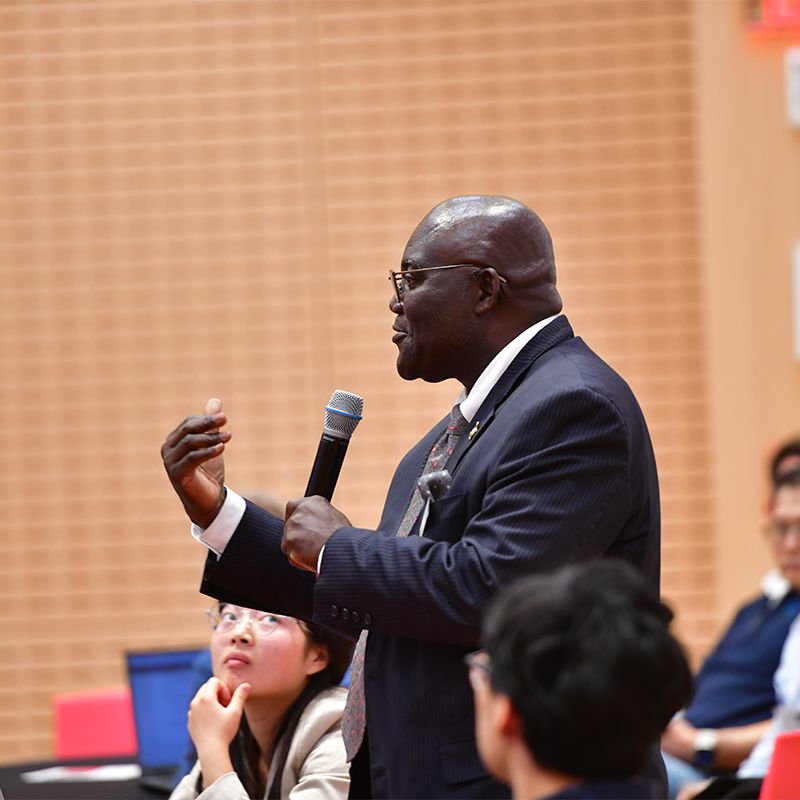
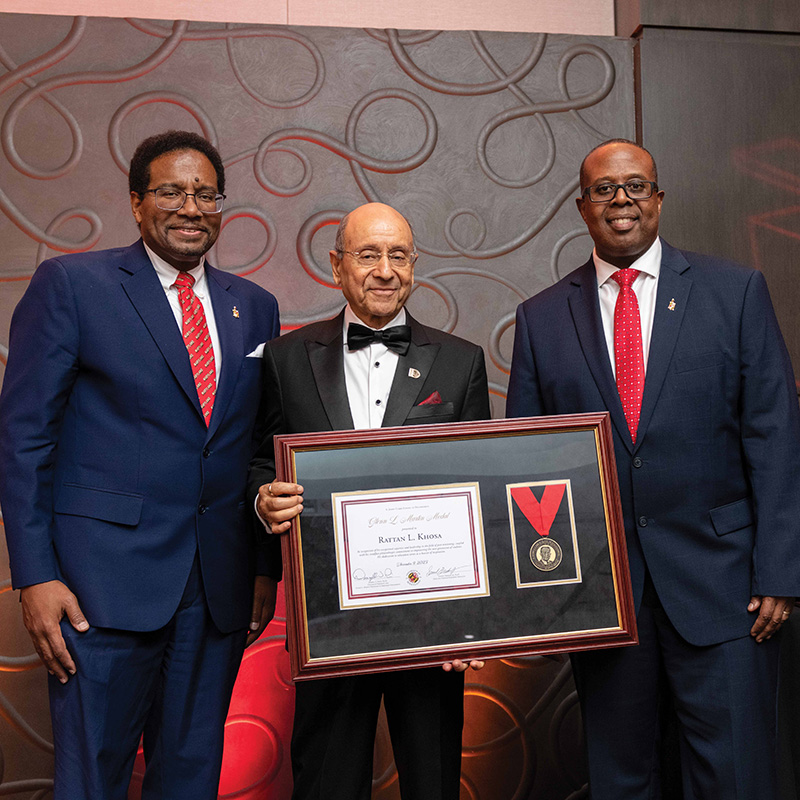
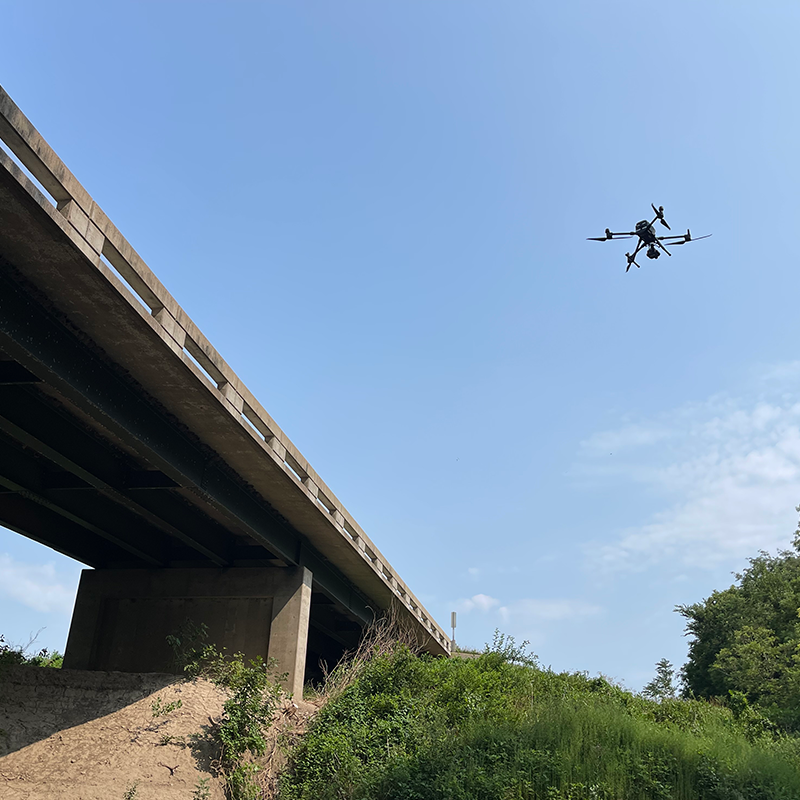
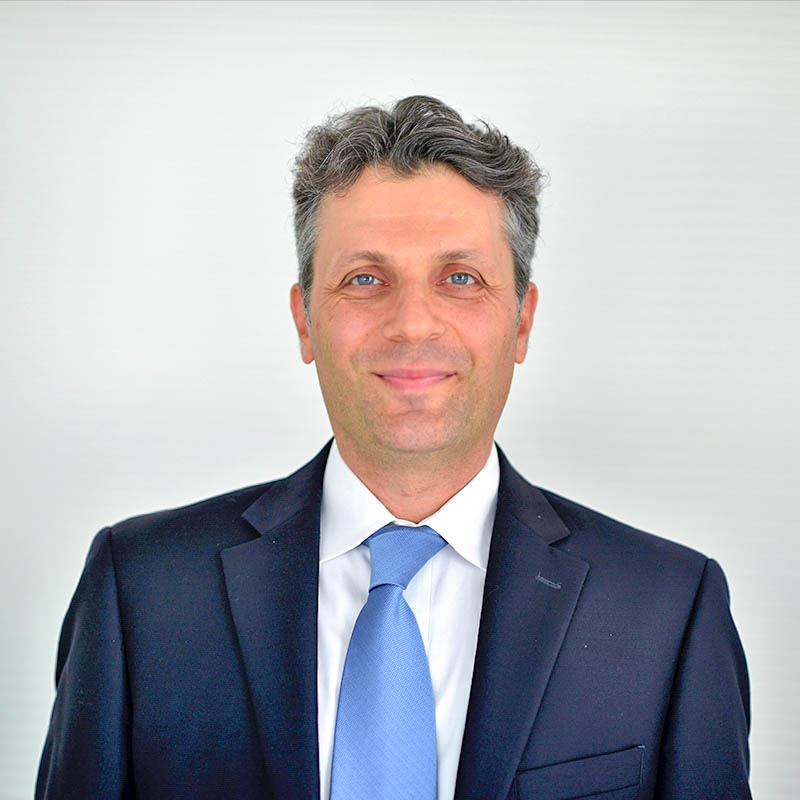


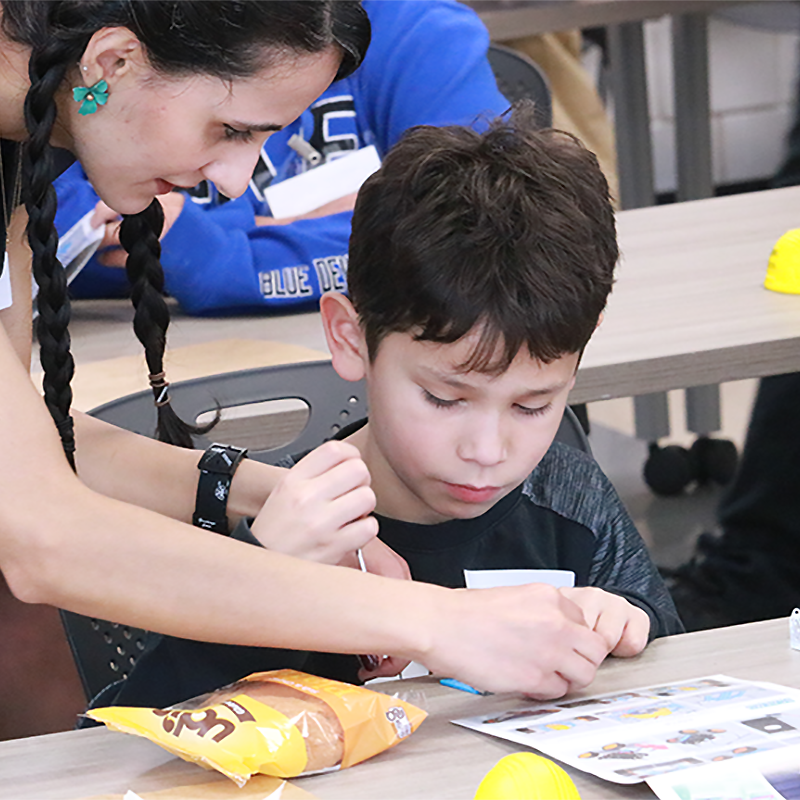
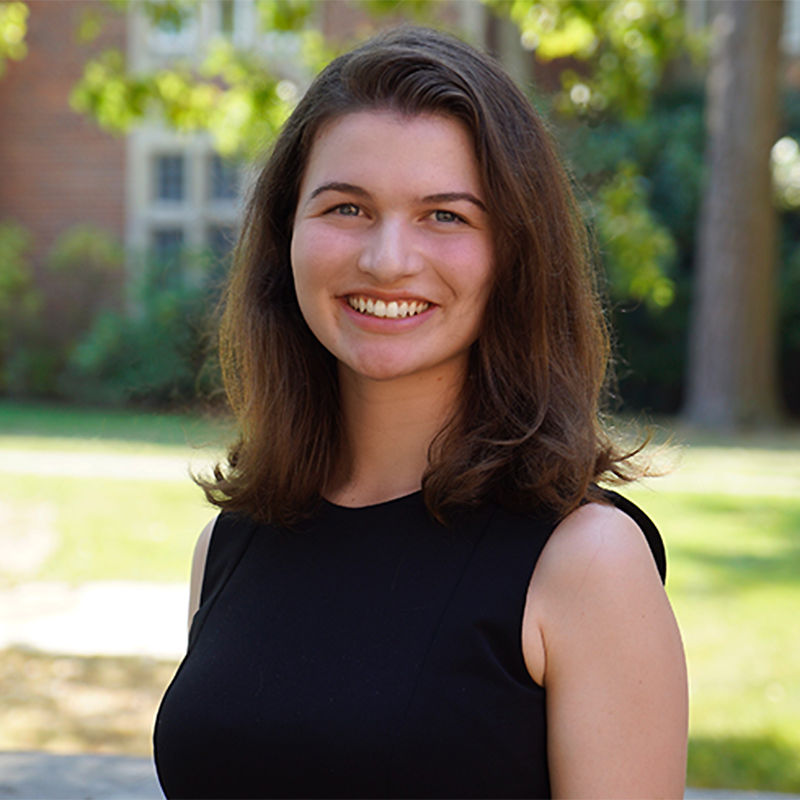
Recent Stories
Stories / Nov 21, 2025
Engineering at Maryland magazine solves for excellence

Stories / Nov 21, 2025
Goulias Receives 2025 AASHTO High Value Research Award

Stories / Nov 14, 2025
UMD Roundtable Examines Data Center Impacts

Stories / Nov 7, 2025
Taking a Shot at Success: Dean's Circle Spotlight

Stories / Oct 30, 2025
Affordable Bridge Inspection With AI

Stories / Oct 7, 2025
Aydilek Receives ASCE Board Certification

Stories / Sep 30, 2025
Celebrating Hispanic Engineers: Valery Caicedo

Stories / Sep 25, 2025
Bensi Wins Mary Jane Oestmann Professional Award

Stories / Jun 30, 2025
Transportation Camps Rev Up Young Learners

Stories / Jun 10, 2025
Waters Wins Doctoral Research Award
